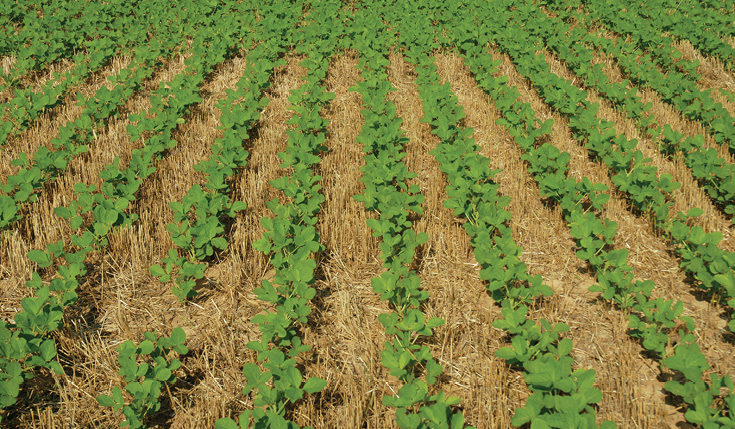No-Till Farmer
Get full access NOW to the most comprehensive, powerful and easy-to-use online resource for no-tillage practices. Just one good idea will pay for your subscription hundreds of times over.

The reasons for squeezing a 3-year crop rotation into 2 years — otherwise known as double cropping — are fourfold. John Young and his son Alexander can attest to them.
The Young family has been double-cropping soybeans after wheat on their Herndon, Ky., farm — where the birth of no-till in the U.S. took place in 1962 — for about 45 years.
The biggest reason to consider double cropping is to protect your profit, John says. On average, the Youngs get about 150 bushels of dryland corn per acre, but double-cropping wheat and soybeans makes them as much net income as if they were making 200 bushels per acre in corn.
The crops also keep the soil covered longer. The 2,000 acres they double crop — out of a total of 4,000 — are only uncovered for 4 months during a 2-year cycle. Double cropping also introduces a diversity of soil organisms and reduces the possibility for pests and diseases, as compared with a continuous-corn farm.
The Youngs offered 2013 National No-Tillage Conference attendees the following tips for successfully double-cropping soybeans and wheat.
If no-tillers are going for high-yield wheat in their double-crop system, they need to have a sprayer that they’re comfortable with, John says.
“You’re going to be on a first-name basis with your sprayer,” he says, adding that they spend more time with their John Deere 4730 sprayer than any other piece of equipment.
They spray wheat five or six times, corn three times and…